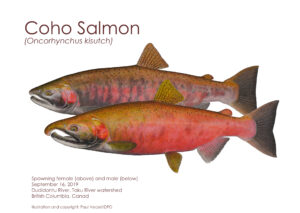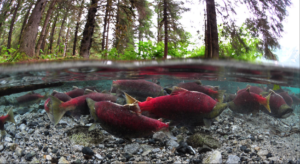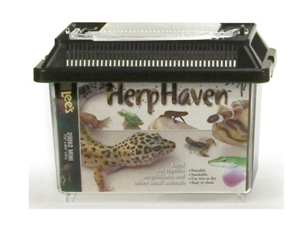Paul Vecsei’s fish illustration is world class. His underwater fish photography is spellbinding, and his fisheries work is critical. So let’s dive into the world of fish, why they matter, and how to apply this to your nature journaling!
I first found out about Paul’s work on instagram @Fish_As_Art. The more I started looking into his work the more I knew I had to interview him. Eventually this conversation turned out to be one of the most fun I have had in a long time!
Fish Illustration Essentials
I asked Paul why does science illustration still matter in a world of photography. Since Paul does both I though he would have an objective answer. His response was short and to the point.
“Photos are plagued by their honesty.”
With drawing it is possible for the artist to focus on the characteristics that are most important. In contrast, a photograph blindly captures the way light is bouncing off a subject. For example, when Paul does a fish illustration he can be sure to depict the morphology that is essential for identifying that species. It is also possible to make sure all the fins are fully open which is important for identifying fish. It is also possible to do very clear comparisons between sexes for example.
Why Fish Matter

Fish are one of the most widespread animals on earth. They exist throughout the oceans and there are fish on or around every continent. As such they make up an important part of the food chain and are very important source of protein for humans. Paul also points out that they are intrinsically worthy of study and respect due to their fascinating behaviors, adaptations, and beauty.
Fish Illustration Tips for Nature Journaling
- Pay attention to the context. Even if you can’t see the fish clearly or at all you can draw and record information about the aquatic ecosystem. Also look out for the presence or absence of fish hunting animals, fish remains on shore, and other signs of fish. Whether you see fish or not this information will add a lot to your pages and your learning.
- Bring the fish to you. Instead of hoping that you will see a fish from the shore or trying to nature journal the fish that someone catches you can take matters into your own hands. Try bringing a simple dip net and a cheap plastic portable terrarium. Now you can catch small fish and keep them in water for a while to draw them. If you really want to be advanced you can get a photarium.


- Become aquatic yourself. If you want to take it even further you should get a snorkel. This is gonna be the next step for me. Paul spends a lot of time in the water with fish and he says it is very easy. Most of the action is in very shallow water. You can take photos easily with a GoPro, make your observations and then journal when you get dry. If you want some tips for nature journaling around water then check out this post.
If you want to see the amazing lightning round with Paul then you’ll have to watch the interview on my Youtube channel.
You can see more of Paul’s fish illustrations and fish photography at his Flickr site. And you can follow him on his Instagram where he also posts his fish drawings, fisheries research, and photos of tasty pastries!


Just getting started with nature journaling?
Need more tips? If so, check out this post. It will walk you through how to nature journal in 10 steps.
Need help choosing nature journaling supplies? Check out Nature Journaling Supplies: What You Need and What You Do Not

